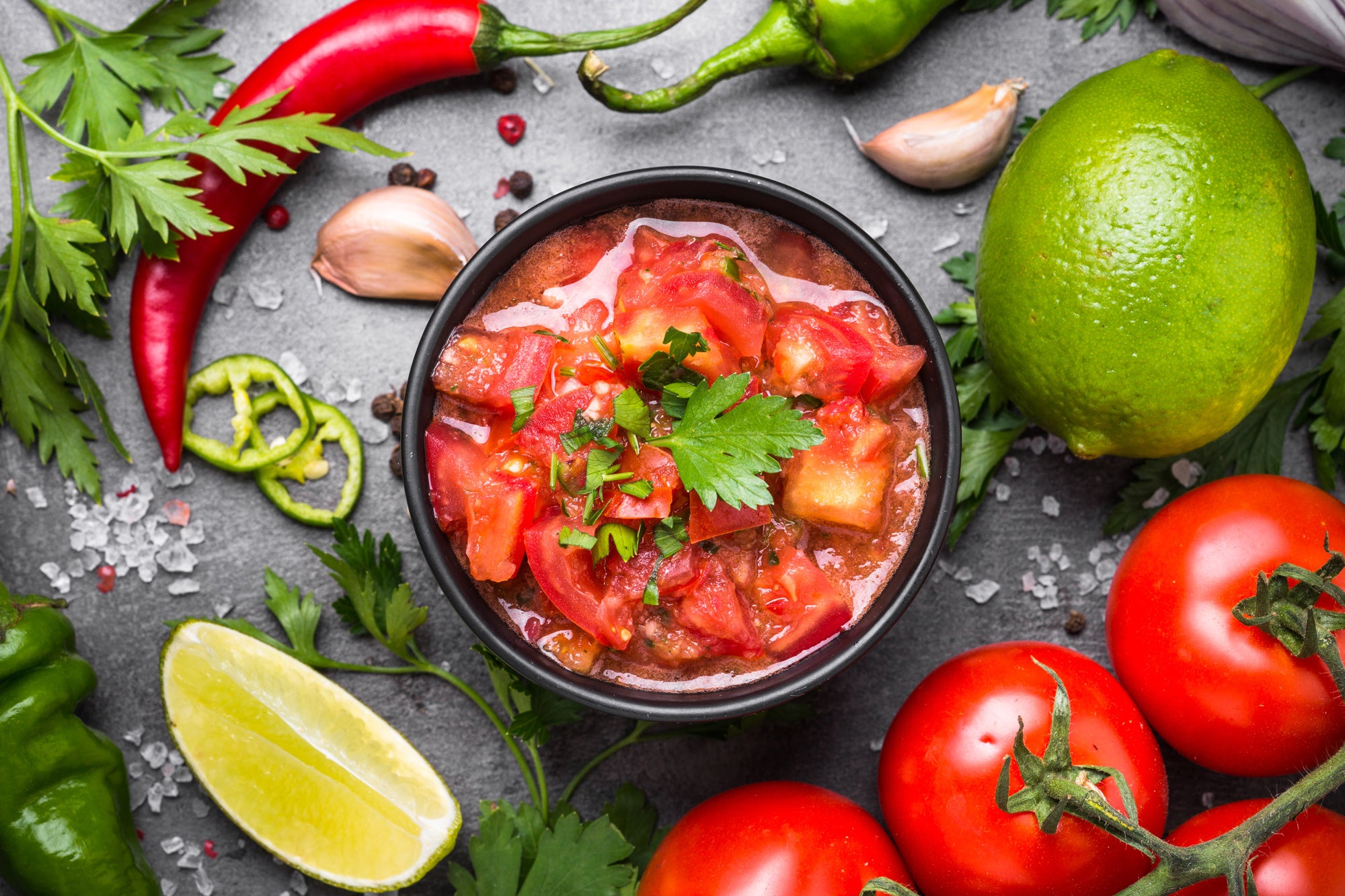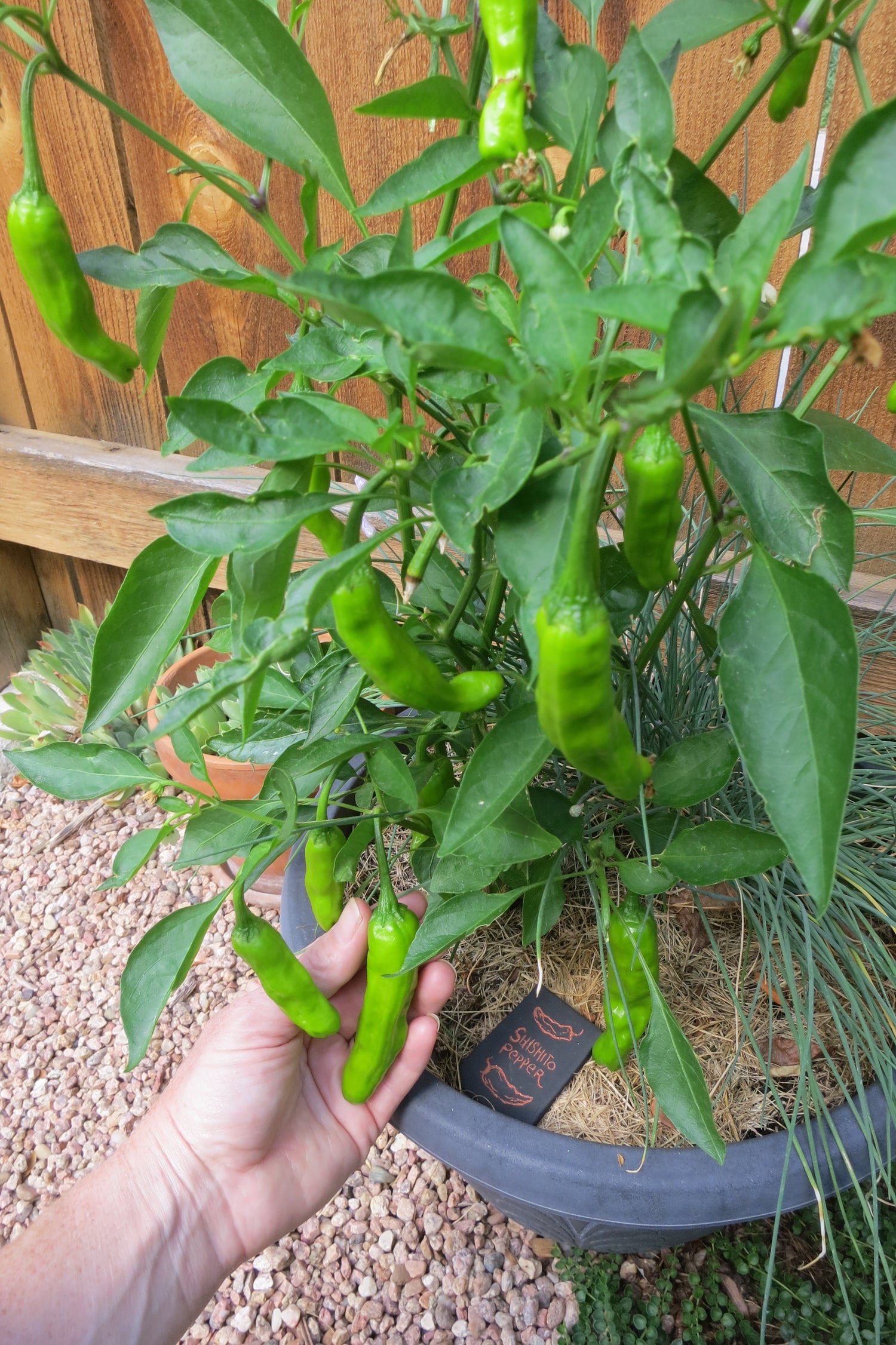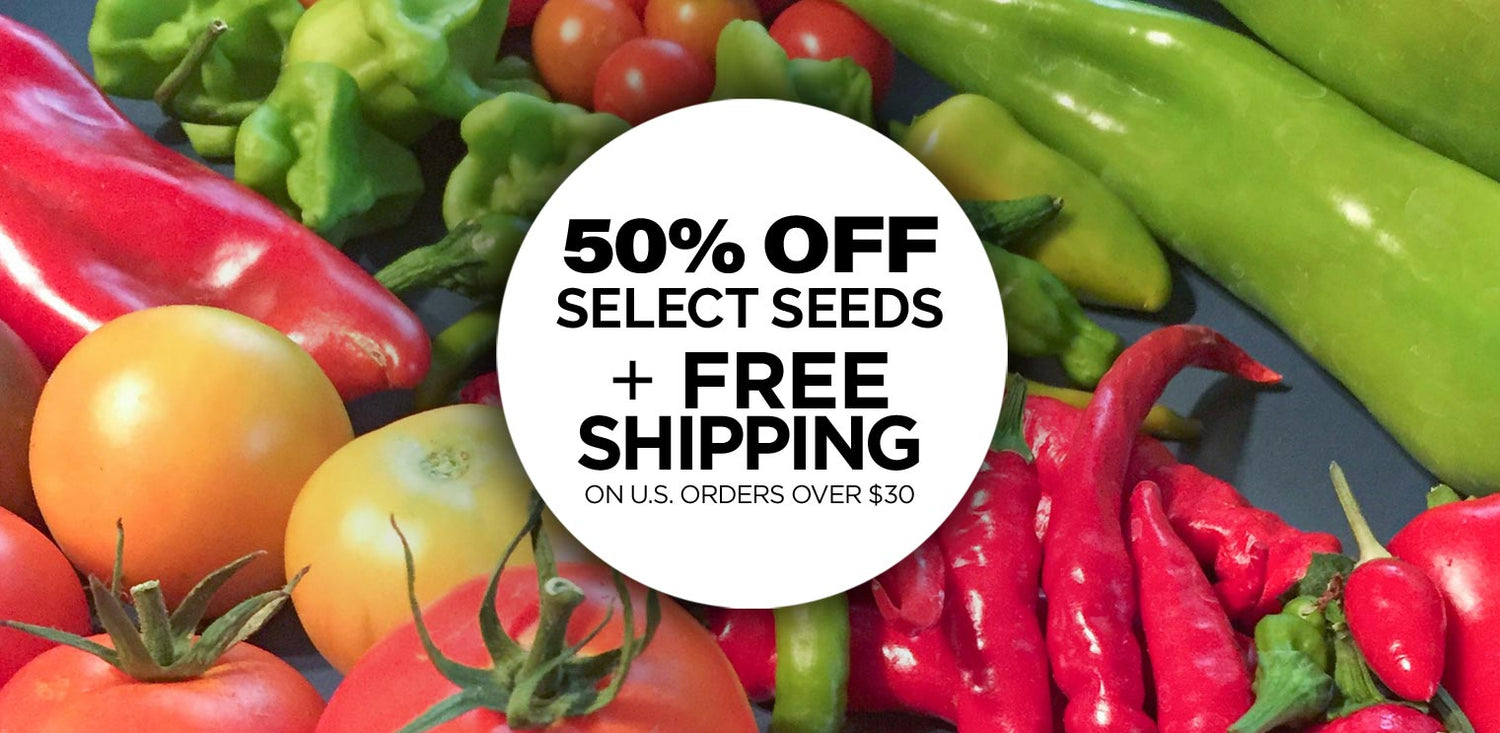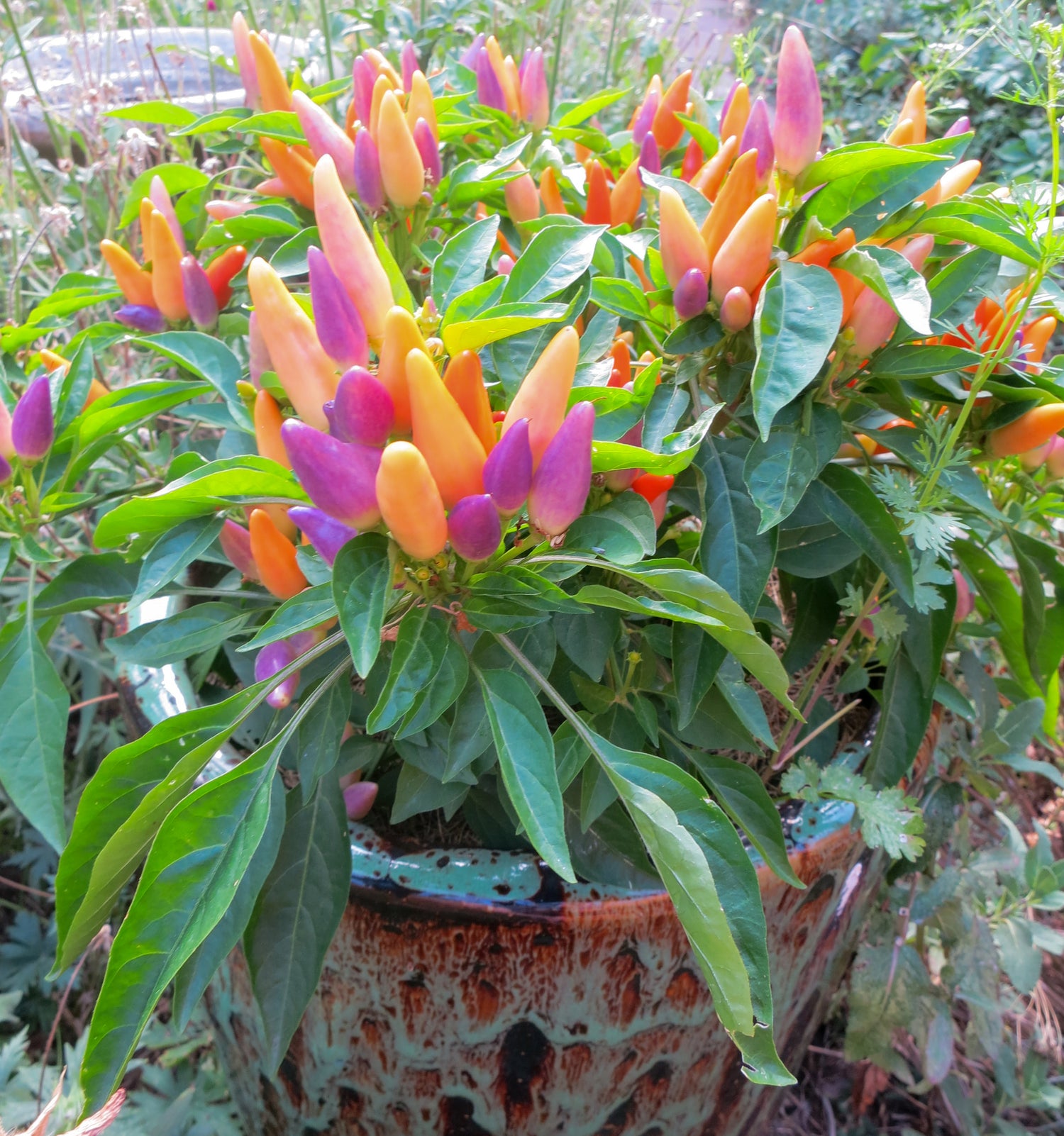
2019 Fall Vegetable Garden Tips

1. Mulch your garden beds with compost, grass clippings or leaves
to help conserve moisture over the winter, as well as feed/build the soil. Did you know you can add your roasted green chile skins and seeds to your compost? Yes, compost can help produce HUGE chiles and tomatoes, too. Be alert, you may get a few pepper seedling volunteers in the spring! :)
2. Plant winter vegetables or a cover crop to build soil over the winter
(you will turn these crops into soil in the spring, think peas, winter rye)
adding more leaves if available to continue to blanket the ground over the winter months.
4. Cut back and remove diseased foliage.

5. Plant bulbs & perennials around or near your vegetable garden,
such as Garlic, Bunching Onions, Saffron and other Crocuses, Iris, Hyacinths, Snowdrops, Alliums, and wild Tulips. These can help feed bees and other creatures during the fall, winter and early spring months. Preferably plant nonhybridized bulbs as they retain their pollen and nectar, whereas a lot of decorative bulb flowers like showy Daffodils do not. It's also great to plant Perennial herbs and flowers this time of year, choose plants that do well in your climate, and that attract native bees and birds, such as Lavender, Cone Flower, Sage, Penstemon, Perennial Alyssum, Goldenrod, Thyme, Oregano and so many more. Ask your local nursery about native plants. What's great about perennials is that they come back every year! No extra work needed. Besides beauty these flowers bring, the bees they attract help pollinate the pepper blossoms, and the birds that come will do pest control.
Rake leaves onto your garden and flower beds,
and leave perennial stalks and seed heads over the winter months:
Don't "clean up" the garden in the fall – this will provide valuable food to birds and provide shelter for overwintering bees, butterflies, and other insects. The stems also catch and hold snow, which is a good insulator, especially important during cold winters with little snow and in windswept areas You can cut back and compost the stalks in late spring.
6. Keep any new plants watered
during the winter months if it's dry.
7. Compost everything you can in a
home compost bin during fall and winter months,
and keep adding to it and turning it on warm days all winter. Spread fresh compost on chile garden beds when dark brown, rich and loamy.

8. Make Green Chile Stew
from your frozen homegrown and roasted green chiles.
9. Sit back and relax with a seed catalog!
Check out our New Seed Catalog! It's packed with more gardening tips, and seeds for 100 Chile pPeppers, and 44 Tomato varieties! It's perfect for a cold winter night with a bowl of green chile.
10. Enjoy the winter months and let the soil build while you dream of spring and start ordering seeds and starting plants indoors.

11. Start Seeds:
We recommend starting peppers earlier than other vegetables if you have the room, ideally at least 6-8 weeks before the last frost of spring. For many, that's in February/March/April months. Most peppers need a long growing season to get mature fruit. Check out our blog post, How to Grow Chile Plants Faster for tips on what early-season peppers you can grow, and how to speed up their production.



















